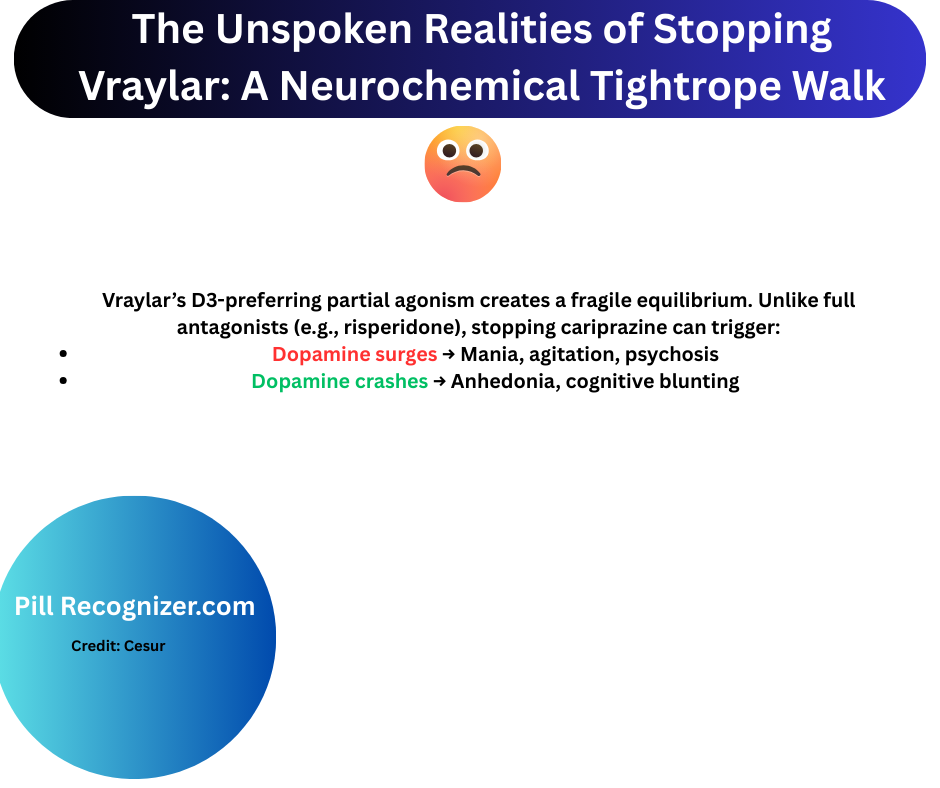What’s Dyskinesia and How Does It Affect People?
What’s Dyskinesia and How Does It Affect People?
If you’ve heard the term “dyskinesia” before, you might have wondered what it means. Dyskinesia isn’t a single disease; rather, it’s a movement disorder that causes involuntary, erratic, and often uncomfortable movements. It’s most commonly associated with conditions like Parkinson’s disease, but it can affect people dealing with a variety of health issues.
So, What Exactly Is Dyskinesia?
In simple terms, dyskinesia refers to abnormal, uncontrollable movements. These can range from small twitches to more pronounced jerking or writhing motions. Unlike a tremor, which is a rhythmic shaking, dyskinesia can look a bit like a dance or a wave, with unpredictable twists and turns.
For people with Parkinson’s disease, dyskinesia often appears as a side effect of long-term treatment with levodopa, a medication that helps manage the symptoms of Parkinson’s. But dyskinesia can also be caused by other medications or health conditions, including certain psychiatric drugs or stroke.
What Causes Dyskinesia?
In people with Parkinson’s, dyskinesia is mainly due to fluctuations in dopamine levels in the brain. Dopamine is the chemical that helps control movement, and when its levels aren’t quite right, you can end up with these involuntary movements. Medications like levodopa, which increase dopamine, can lead to dyskinesia over time as the brain becomes sensitive to these fluctuations.
Other causes of dyskinesia include:
- Tardive Dyskinesia: This type is often caused by long-term use of antipsychotic medications and can involve repetitive movements of the face, like lip-smacking or blinking.
- Huntington’s Disease: This genetic disorder causes progressive breakdown of nerve cells in the brain, often resulting in dyskinesia.
- Cerebral Palsy and Stroke: Both conditions can cause motor control issues, including dyskinesia.
What Does Dyskinesia Feel Like?
Experiences of dyskinesia can vary widely. For some, it might just be an occasional nuisance, like a twitch in the arm or leg. For others, it can be more intense, involving the whole body in what feels like an unstoppable wave of motion. These movements can interfere with daily activities, making tasks like eating, writing, or even sitting comfortably more challenging.
Can Dyskinesia Be Treated?
The treatment for dyskinesia depends on what’s causing it. If it’s related to medication, your doctor might adjust your dosage or suggest a different medication strategy. In the case of Parkinson’s-related dyskinesia, there are specific medications designed to help smooth out dopamine fluctuations and reduce involuntary movements. For more severe cases, some people explore surgical options like deep brain stimulation.
Living with Dyskinesia
While dyskinesia can be challenging, many people find ways to manage it and live fulfilling lives. Exercise, physical therapy, and stress management techniques can also help make symptoms more bearable. Every case is different, so working closely with a healthcare team is key to finding a strategy that fits your individual needs.
Dyskinesia can seem daunting, but with a good support system and the right treatment, it’s possible to manage and adapt. Whether you’re experiencing dyskinesia yourself or know someone who is, understanding more about it is a great step toward empathy and effective care.


